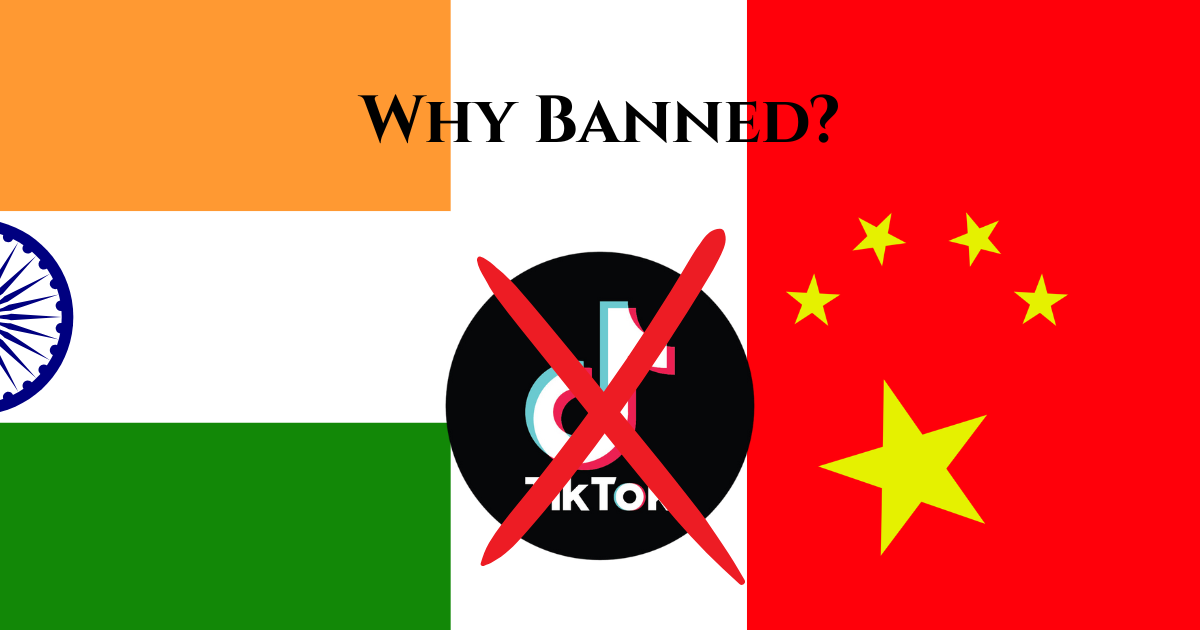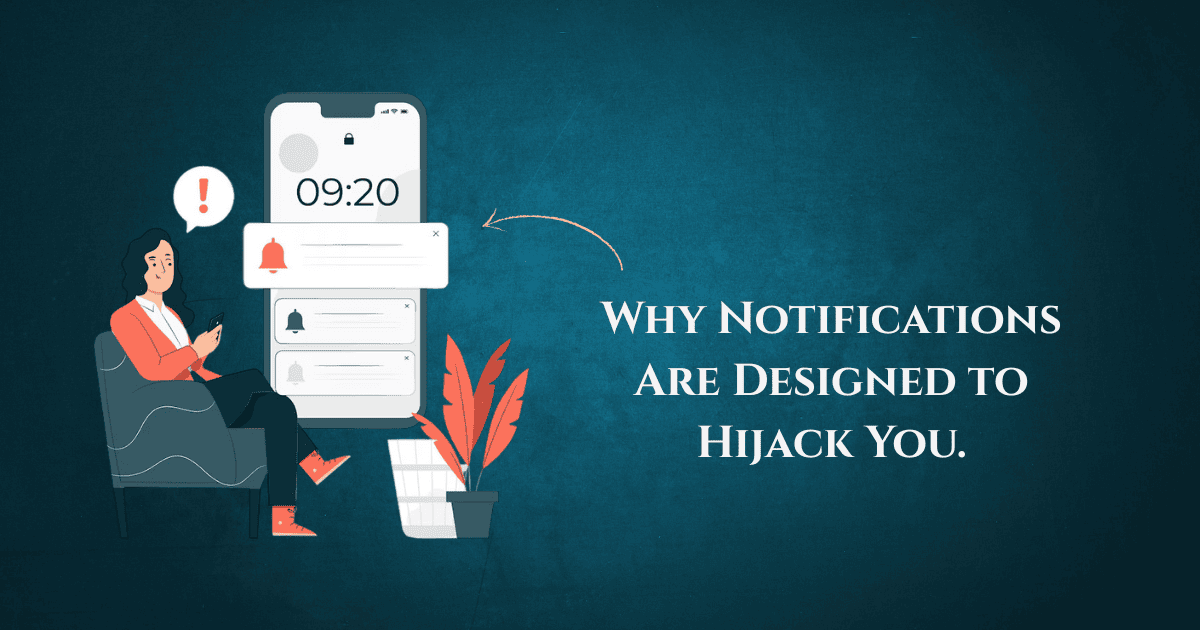Explore the real reasons why TikTok was banned in India, including security concerns, content issues, and the rise of local alternatives.
Introduction:
In 2020, one of the world’s most popular social media platforms, TikTok, was banned in India. With over 200 million active users in India before the ban, TikTok’s sudden removal from the market left many wondering: what led to this controversial decision? Was it just about security concerns, or were there deeper issues at play?
In this blog, we’ll explore the real reasons behind TikTok’s ban in India, the controversies surrounding it, and the lasting effects on the app, its users, and the Indian digital landscape.
1. Data Privacy and National Security Concerns:
One of the key reasons behind the ban was concerns about data privacy and national security. India’s Ministry of Electronics and Information Technology (MeitY) raised alarms about the potential misuse of Indian user data, which was reportedly being sent to China. Given the strained political relationship between India and China, these concerns were taken seriously by the Indian government.
- Issue: TikTok, owned by the Chinese company ByteDance, had access to vast amounts of data. Critics argued that this could potentially be used for espionage or cyber-attacks.
- The Fallout: The ban was part of a larger move by India to remove Chinese apps from its ecosystem following border tensions with China.
2. Influence on Children and Inappropriate Content:
TikTok was hugely popular among young people, with many minors spending hours on the app. While the platform was a source of entertainment and creativity, it also raised concerns about the kind of content being shared.
- Issue: Parents and educators expressed concerns over the exposure of children to explicit content, cyberbullying, and harmful challenges.
- Inadequate Regulation: There were also concerns about the platform’s ability to regulate content, with accusations of it promoting unsafe or inappropriate behavior among its younger audience.
- The Fallout: As the app failed to address these issues effectively, the government decided to act in the best interest of its youth population.
3. Nationalism and Geopolitical Tensions:
The rise in nationalism in India, coupled with ongoing geopolitical tensions with China, significantly influenced the ban. Amid a border clash between India and China in 2020, there was increased anti-China sentiment in India, leading to a call for banning Chinese apps.
- Issue: TikTok became symbolic of China’s growing influence in India. The app was perceived as a tool for Chinese soft power, and as relations soured, the government saw the ban as a way to curb this influence.
- The Fallout: TikTok’s ban became a part of India’s broader strategy to push back against China’s presence in the digital space.
4. The Ethical Concerns of Content Creation:
TikTok had transformed how content was created and consumed, with ordinary people becoming influencers almost overnight. While this democratization of content creation was empowering for many, it raised questions about ethical considerations in content production.
- Issue: Many influencers created content that was criticized for being shallow, objectifying people, or reinforcing negative stereotypes.
- The Fallout: The Indian government, along with civil society, felt that TikTok failed to maintain a responsible approach to content moderation and ethical standards.
5. Competition with Local Apps:
The rise of TikTok posed a serious threat to India’s local tech ecosystem, especially in the entertainment and social media sectors. Indian apps like MX TakaTak, Chingari, and Moj quickly emerged as alternatives to TikTok after its ban.
- Issue: With India’s vast population and the government’s push for self-reliance under the “Atmanirbhar Bharat” initiative, local alternatives to foreign apps gained government and public support.
- The Fallout: TikTok’s ban created an opportunity for homegrown apps to thrive, encouraging the rise of more localized content creation.
6. The Impact on Creators and the Entertainment Industry:
TikTok was a major platform for content creators, influencers, and brands. Its sudden ban disrupted livelihoods and professional endeavors, especially for those who relied on the app for income generation.
- Issue: Influencers and creators who made money through sponsored posts, brand collaborations, and live streaming were left scrambling for alternative platforms.
- The Fallout: Many creators migrated to Instagram Reels, YouTube Shorts, and local platforms, while others struggled to find their footing.
7. The Broader Impact on Digital Policies in India:
The TikTok ban was part of a broader movement towards regulating the digital landscape in India. The Indian government has since taken a more aggressive approach to data privacy, digital sovereignty, and content regulation.
- Issue: There is growing demand for more stringent regulations on social media platforms, particularly around data privacy, national security, and content moderation.
- The Fallout: India is increasingly focusing on creating a regulatory framework that balances the interests of global tech giants with the country’s national interests.
Conclusion:
The banning of TikTok in India was a multifaceted decision influenced by a range of factors, including national security concerns, ethical content issues, geopolitical tensions, and the rise of local alternatives. While the ban was met with mixed reactions, it marked a significant shift in India’s approach to digital governance and content regulation.
As digital platforms continue to evolve, the impact of the TikTok ban will likely resonate for years to come, influencing how governments, tech companies, and users approach the world of social media. Whether or not TikTok will ever return to India remains uncertain, but one thing is clear: the future of social media in India is now in the hands of local innovators and stricter regulatory frameworks.










